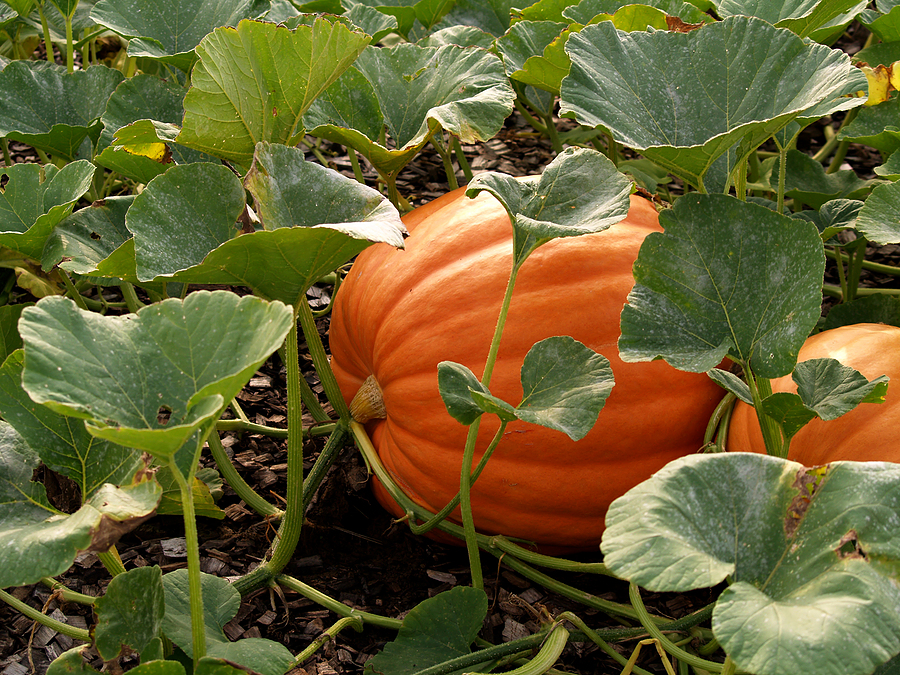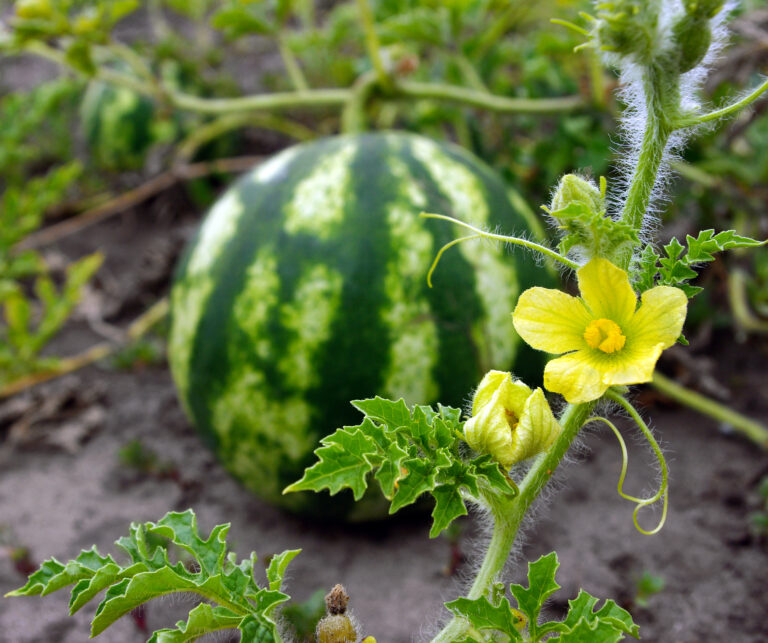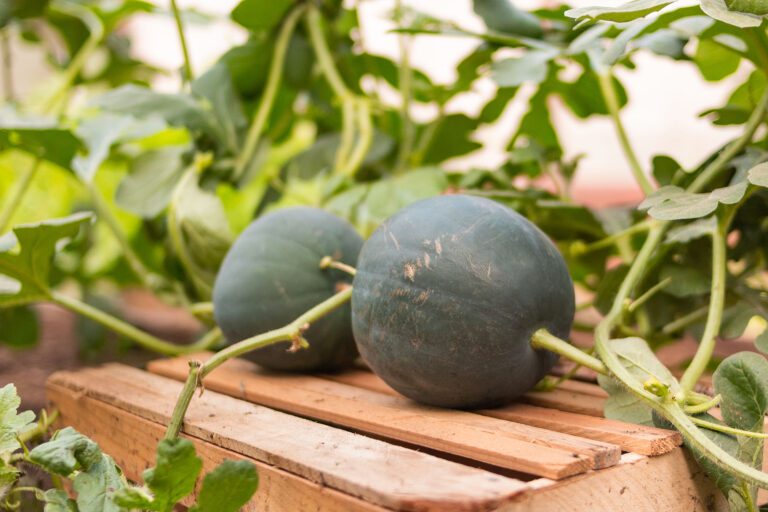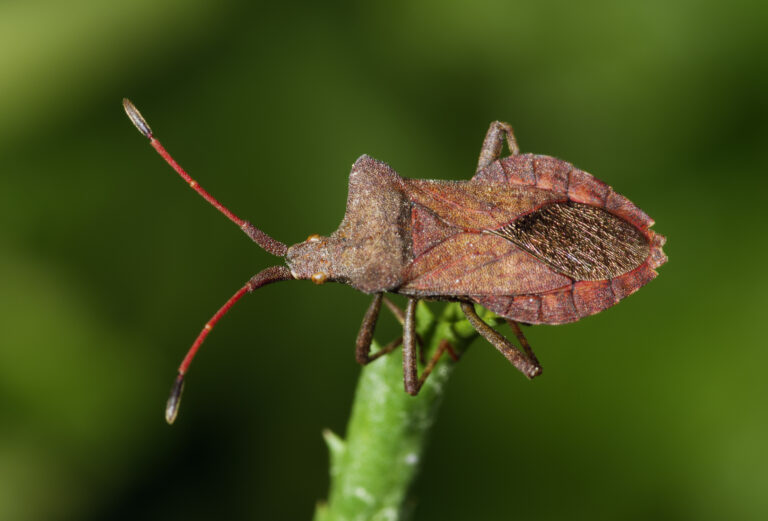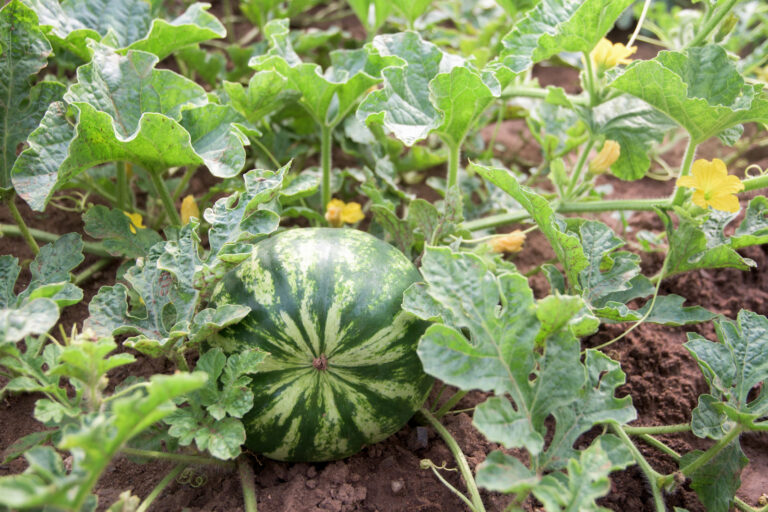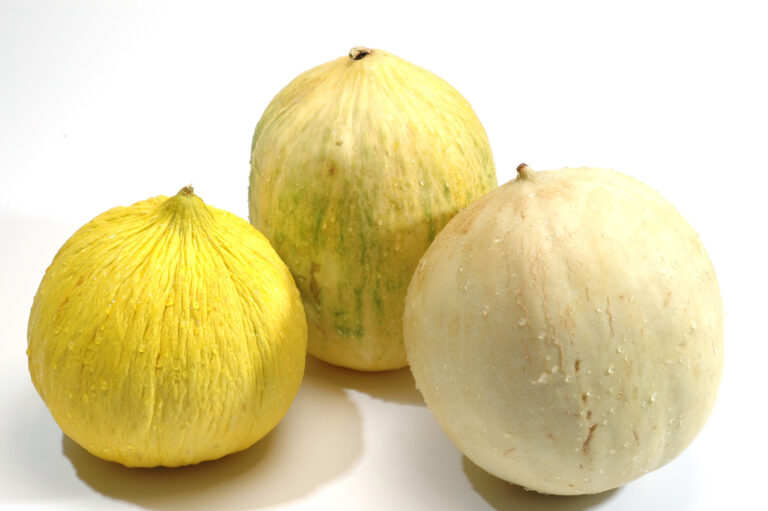Pumpkin Varieties You’ll Love to Grow
Pumpkins come in all shapes, sizes, and colors—from cute minis to giant showstoppers. Over the years, I’ve grown dozens of varieties in my home garden, and today I’m excited to share some of the best pumpkins for different uses: eating, decorating, and even competing at the county fair!
With more than 30 years of hands-on gardening experience, I’ve learned that choosing the right pumpkin variety can make a big difference in how successful—and fun—your growing season is.
Heirloom pumpkin varieties are open-pollinated and prized for their traditional flavors and unique appearances, while hybrid varieties are bred for specific traits like uniform size, disease resistance, and earlier harvests. Here’s a guide to help you pick your perfect pumpkin.
Small Pumpkins (2 to 5 pounds)
Small pumpkins are perfect for cooking and decorating. They’re easy to grow in smaller spaces, and many have outstanding flavor.
- Baby Bear (105 days, AAS Winner): A fantastic all-purpose mini pumpkin. Half the size of a standard pumpkin, with fine-grained flesh ideal for pies. Plus, its seeds are semi-hull-less, perfect for roasting.
- Baby Pam (100 days): Deep orange, uniform fruit with smooth skin—great for pies and holding up in fall displays. Vigorous vines produce heavy yields.
- Small Sugar (also called New England Pie) (100–105 days): A classic pie pumpkin with excellent flavor, dating back before the Civil War. This open-pollinated variety is kitchen-sized and easy to handle.
- Winter Luxury (85–100 days): My personal favorite for pies. Its sweet, juicy flesh and beautiful netted skin make it a standout in the garden and the kitchen.
Intermediate Pumpkins (8 to 15 pounds)
Intermediate-sized pumpkins are versatile—they’re big enough for carving and still flavorful enough for cooking.
- Autumn Gold (100 days, AAS Winner): Deep orange, meaty flesh perfect for pies. Plus, it matures early and reliably—great if you live where the growing season can end quickly.
- Bushkin (95 days): A compact, bush-type plant ideal for small gardens and containers. Produces 8 to 10-pound pumpkins with delicious flesh.
- Jack O’Lantern (75–115 days): The classic carving pumpkin that also has sweet, fine-grained flesh if you want to bake after Halloween.
- Spirit (95 days, AAS Winner): A semi-bush plant with bright orange fruit. Thick, meaty flesh makes it good for both carving and baking.
Large Pumpkins (15 to 25 pounds)
Large pumpkins make great Jack-o’-lanterns and add drama to fall displays.
- Big Tom (120 days): Produces large, bright orange pumpkins perfect for traditional carving.
- Cinderella (also known as Rouge Vif d’Etampes) (84–100 days): One of the most beautiful pumpkins I’ve ever grown! Shaped like the fairy tale coach, it has sweet flesh and grows well in smaller spaces.
- Connecticut Field (100–120 days): One of the oldest American pumpkin varieties, dating back centuries. A perfect choice for carving and historical gardens.
- Ghost Rider (110–115 days): Deep orange and heavily ridged, excellent for both carving and processing.
- Happy Jack (105–110 days): Symmetrical, dark orange fruit—great for processing and for contests where looks matter.
Jumbo Pumpkins (50 to 100+ pounds)
If you’re dreaming of blue ribbons at the county fair, these are the pumpkins you want.
- Dill’s Atlantic Giant (110–125 days): This is the variety for giant pumpkin competitions. Fruits often exceed 200 pounds with special care.
- Big Max (110–120 days): An exhibition pumpkin that’s also good for pies and canning, often topping 100 pounds.
- Big Moon (110–120 days): Produces fruits over 100 pounds with thick, flavorful flesh.
- Mammoth Gold (105–120 days): A novelty and pie pumpkin that can easily top 100 pounds with a little encouragement.
- Prizewinner (120 days): Vigorous vines produce bright, beautiful fruits averaging 200 pounds—without needing special expertise.
More Pumpkin Varieties to Explore
If you love experimenting with different types, here are more outstanding varieties:
- Extra-large (50–100 pounds): ‘Atlantic Giant’, ‘Big Max’, ‘Big Moon’, ‘Mammoth King’, ‘Prizewinner’, ‘The Great Pumpkin’
- Large (15–25 pounds): ‘Aspen’, ‘Connecticut Field’, ‘Ghost Rider’, ‘Howden’, ‘Pankow’s Field’, ‘Tallman’, ‘Wizard’
- Intermediate (8–15 pounds): ‘Autumn Gold’, ‘Big Autumn’, ‘Jack O’Lantern’, ‘Oz’, ‘Small Sugar Pie’, ‘Tom Fox’, ‘Trick or Treat’
- Small (4–6 pounds): ‘Bush Spirit’, ‘Frosty’, ‘Wee-B-Little’
And if you want something extra special:
- Miniature: ‘Jack Be Little’ is a perfect table decoration.
- Wee-B-Little (AAS Winner) is the size of a baseball, but still grows true to the classic pumpkin shape.
- Sugar Treat and Baby Bear: Both produce exceptional pies.
- Atlantic Giant and Big Max: The champions for fall fairs.
Growing pumpkins can be as simple or as ambitious as you want it to be. Whether you’re planning a centerpiece for your Thanksgiving table, baking the perfect pumpkin pie, or growing a giant for your local fair, there’s a pumpkin variety that’s just right for you.
In my experience, success with pumpkins comes down to choosing the right variety for your space, your goals, and your climate. With the right start—and a little patience—you’ll love seeing these cheerful giants take over your garden.
Learn More: Detailed Description of Popular Varieties
Small Pumpkins (2 to 5 pounds):
- Baby Bear. 105 days. AAS. Half the size of a normal pumpkin. Fine-grained flesh, excellent for pies. Deep orange fruit 5 to 6 inches wide and 3½ to 4 inches tall. Weighs 1½ to 2 pounds. The strong stem is easy to grip. Seeds are semi-hull less for seed toasting. Blight and frost tolerant. Cross between New England Pie and a small naked seed pumpkin. Great for home garden
- Baby Pam. 100 days. Deep orange flesh; is good for pies. Uniform size: 5 inches tall by 5½ in diameter. Smooth skin; indistinct ribs. Tight, secure stem. Vigorous 10 to 12-foot vines. Heavy yield. Also called “Oz.”
- Small Sugar (also called New England Pie). 100-105 days. Best tasting pie pumpkin; excellent flavor. Deep-orange flesh; 5 to 8 pounds. A convenient size for kitchen use. For baking and canning. Pre-Civil War heirloom. Open-pollinated.
- Winter Luxury. 85-100 days. Sweet, juicy, and tender. Very good keeper for winter use. Moderately small fruit 9 to 10 inches in diameter 6 to 7 inches deep; weighs 7 to 8 pounds. Nearly globular and narrowly ribbed; yellow-orange skin, uniform fine, light-gray cork-like netting; pale orange flesh. Introduced in 1893.
Intermediate Pumpkins (8 to 15 pounds):
- Autumn Gold. 100 days. AAS. Meaty, deep-orange flesh for pies. Medium-sized fruit weighs 10 to 15 pounds, round to rectangular in shape, and nicely ribbed; rich orange skin matures to golden when mature. Contains the “precious yellow gene”: all fruit is deep yellow; no green pumpkins at harvest. Vigorous vines produce 3 or more fruit. Hybrid.
- Bushkin. 95 days. Thick, delicious light-yellow flesh, keeps well. Use for pies, seed snacks, and carving. Bright golden orange pumpkins weigh 8 to 10 pounds; 1 to 3 fruits per plant. Compact, bush-type vine for a large container or small garden, vine spreads only 5 to 6 feet. Open-pollinated.
- Jack O’Lantern. 75-115 days. Carving pumpkin. Sweet, fine-grained, pale orange flesh; good for cooking and stores well. Smooth, yellow-orange skin; irregular shape, round to oblong, shallow ribs, 9 to 10 inches tall, 7 to 10 inches in diameter; weighs 10 to 18 pounds.
- Spirit. 95 days. AAS. Thick, meaty flesh for pies and custards. Round fruit, 12 inches in diameter, moderately ribbed, weighs 10 to 15 pounds; bright orange skin. Semi-bush, the short-vined plant spreads to 5 feet. Early-maturing. Heavy yield. Hybrid.
Large Pumpkins (15 to 25 pounds):
- Big Tom. 120 days. Large orange pumpkin, 11 inches tall, 13 inches wide, flat on both ends; orange rind, orange-yellow flesh, weighs 18 pounds or more pounds.
- Cinderella (also called Rouge Vif D’Etampes). 84-100 days. Sweet, yellow-orange flesh. Globe-shaped pumpkin, smooth, bright-orange skin, 10 inches in diameter, weighs 20 to 25 pounds. The bush-type vine needs 6 square feet for growing. Does not keep as well as other vine types. Open-pollinated.
- Connecticut Field. 100-120 days. Coarse, somewhat granular, deep-yellow flesh with slight sweetness; best for canning and jack-o’ lanterns. Large, globe-shaped, flattened at ends 10 to 18 inches tall, 12 to 15 inches in diameter, weighs 15 to 25 pounds. Slightly ribbed, bright yellow-orange rind. Native American origin. Open-pollinated.
- Ghost Rider. 110-115 days. Yellow-orange flesh for processing and for jack o’lantern carving. Round fruit with dark orange, ridged rind, and long dark green to a black stem; weighs 15 to 30 pounds.
- Happy Jack. 105-110 days. Best for baking and processing. Symmetrical, dark orange fruit with strong dark green stems; weighs 16 to 22 pounds. Large vigorous vines.
- Howden Field. 105-115 days. Solid, thick flesh stores well. Large, symmetrical, ridged, rich-orange skin, weighs 20 to 25 pounds. Large spreading vines. Open-pollinated.
- Jumpin’ Jack. 110-120 days. Good eating quality. Deep orange flesh. Large symmetrical, ridged, dark-orange skin, solid black-green stem, ranges from 20 to 60 pounds. Large spreading vines.
- Pankow’s Field. 100-120 days. Excellent for Jack o’lanterns. Large, round, symmetrical fruit, weighs 20 to 30 pounds, smooth skin. Variable skin color. Thick sturdy stem. Heavy yield.
Jumbo Pumpkins (50-100 pounds):
- Dill’s Atlantic Giant. 110-125 days. Huge, round, pinkish-orange fruit to 10 feet in diameter and up to 800 pounds; 200 to 300-pound fruit common on vines with one fruit; 50 to 100-pound fruits common on plants with multiple fruits. Open-pollinated.
- Big Max. 110-120 days. Exhibition-type pumpkin is also good for pies and canning. Large, nearly round fruit, 17 to 18 inches in diameter; fruits average 100 pounds. Slightly rough, red-orange skin 3 to 4 inches thick.
- Big Moon. 110-120 days. Large fruits average 100 pounds, some to 200 pounds. Slightly round to 40 inches in diameter, heavily ribbed, medium orange skin, thick light-orange flesh, large crown seeds. Vigorous vine.
- Mammoth Gold. 105-120 days. Novelty and pie pumpkin with coarse pale yellow-orange flesh. Irregular globe shape, smooth mottled pinkish-golden-orange skin, faintly ribbed, 18 to 24 inches in diameter, weighs 40 to 60 pounds, some over 100 pounds.
- Prizewinner. 120 days. Good flavor, and orange flesh. Large, uniform, roundish fruit with smooth, glossy, bright reddish-orange skin. Easily average 200 pounds. Vigorous vine 30 to 40 feet in length. Easy to grow without special care. Hybrid.
More Pumpkin Varieties to Grow
There are more than 150 recognized varieties of pumpkins, ranging in size from tiny minis to giant prizewinners. They come in many shapes, colors, and flavors, each suited for different uses like cooking, carving, or decorating.
- Extra-large (50 to 100 pounds): ‘Atlantic Giant’ (125 days); ‘Big Max’ (120 days); ‘Big Moon’ (120 days); ‘Mammoth King’ (120 days); ‘Prizewinner’ (120 days); ‘The Great Pumpkin’ (120 days).
- Large (15 to 25 pounds, 100 days): ‘Aspen’ (93 days); ‘Connecticut Field’ (120 days); ‘Ghost Rider’ (115 days); ‘Half Moon’ (115 days); ‘Howden’ (115 days); ‘Pankow’s Field’ (120 days); ‘Pro Gold’ (95 days); ‘Tallman’ (110 days); ‘Wizard’ (115 days).
- Intermediate (8 to 15 pounds): ‘Autumn Gold’ (90 days); ‘Big Autumn’ (100 days); ‘Jack O’Lantern’ (115 days); ‘Oz’ (105 days); ‘Small Sugar Pie’ (110 days); ‘Tom Fox’ (110 days); ‘Trick or Treat’ (105 days).
- Small (4 to 6 pounds): ‘Bush Spirit’ (100 days); ‘Frosty’ (95 days), ‘Wee-B-Little’ (90 days).
- Others: ‘Baby Bear’ (105 days); ‘Baby Boo’ (95 days); ‘Buckskin’ (110 days); ‘Casper’ (80 days); ‘Cushaw, Green Striped’ (110 days); ‘Gremlin’ (100 days); ‘Japanese Pumpkin’ (110 days); ‘Jarrahdale’ (110 days); ‘Lady Godiva’ (110 days); ‘Little Gem’ (110 days); ‘Little Lantern’ (100 days); ‘Long Cheese’ (120 days); ‘Lumina’ (110 days); ‘Munchkin’ (110 days); ‘Rouge D’Etampes’ (95-160 days); ‘Sweetie Pie’ (110 days).
Related Posts Start Here:
Getting Started
- Pumpkin Varieties You’ll Love to Grow
- Choosing the Right Pumpkin: Cooking vs Carving
- Pumpkin Seed Starting Tips
- How to Plant Pumpkins Successfully
- How to Grow Pumpkins in Containers
- Best Companion Plants for Pumpkins
Growing and Care
- Watering, Feeding, and Caring for Pumpkins: A Complete Guide
- Pumpkin Pollination: A Gardener’s Guide
- Common Pumpkin Pests and Diseases (and How to Stop Them)
Harvest and Beyond
- How and When to Harvest Pumpkins
- How to Store and Preserve Pumpkins After Harvest
- Five Ways to Cook Pumpkins
Bonus/Fun

